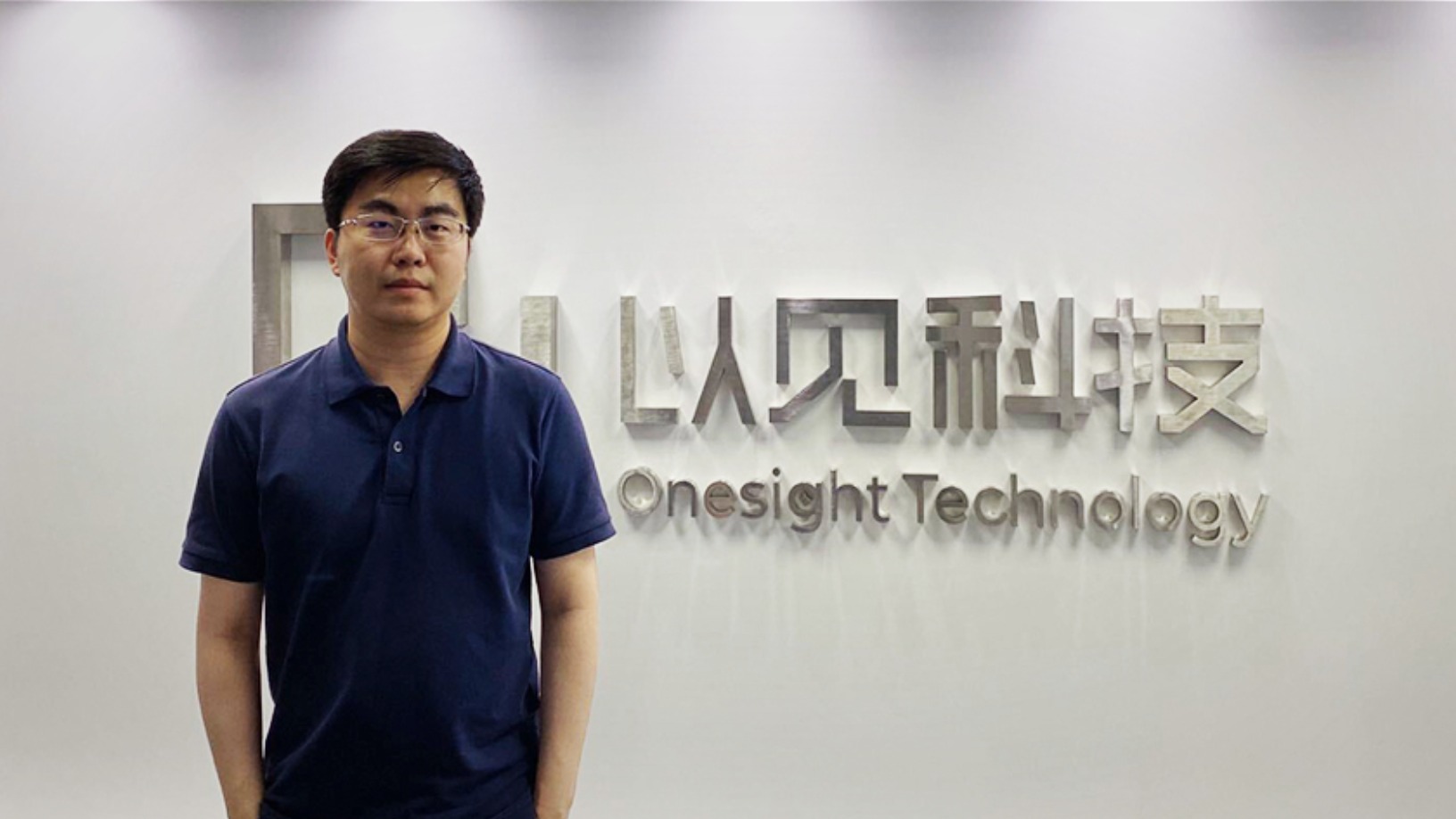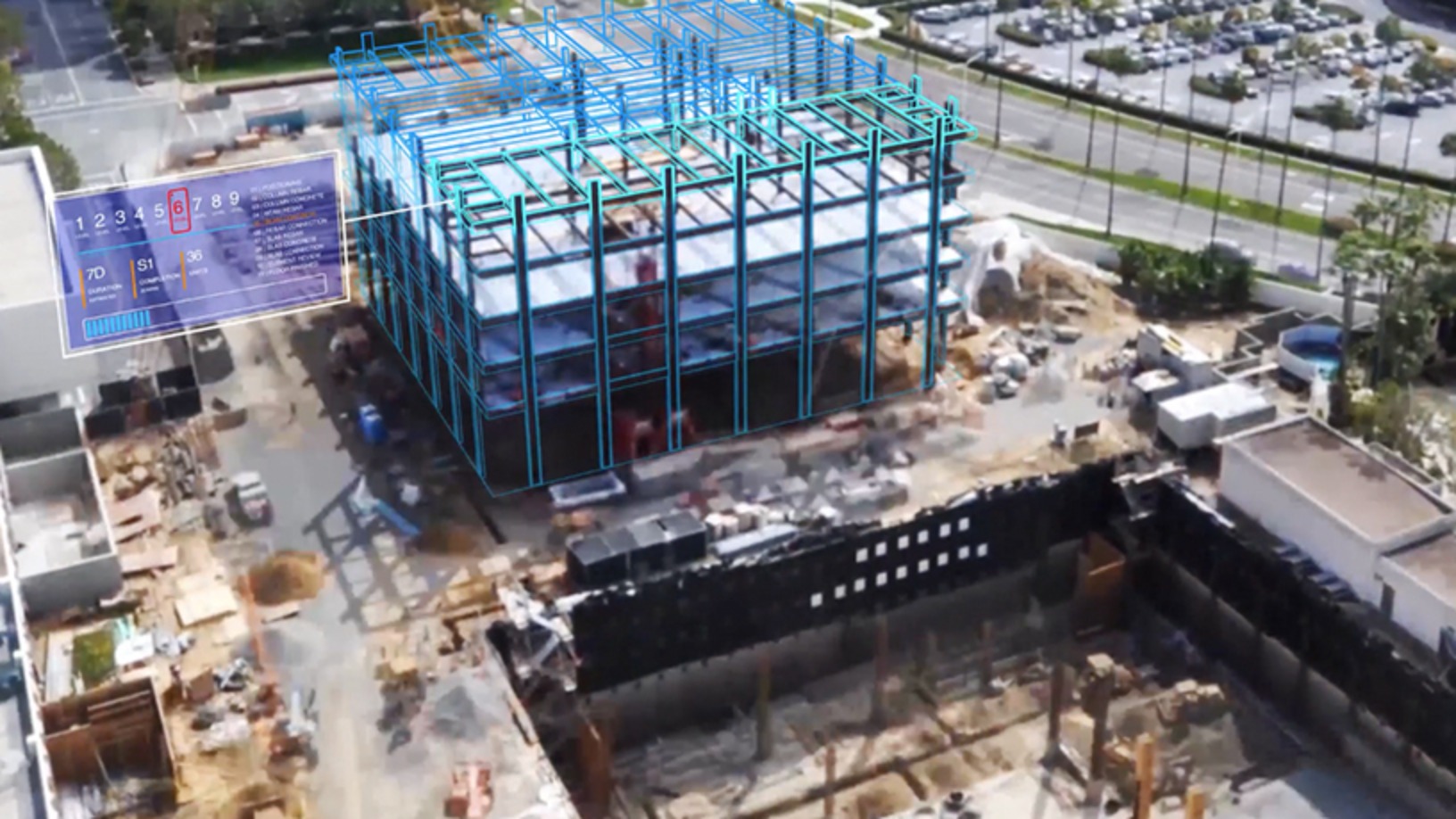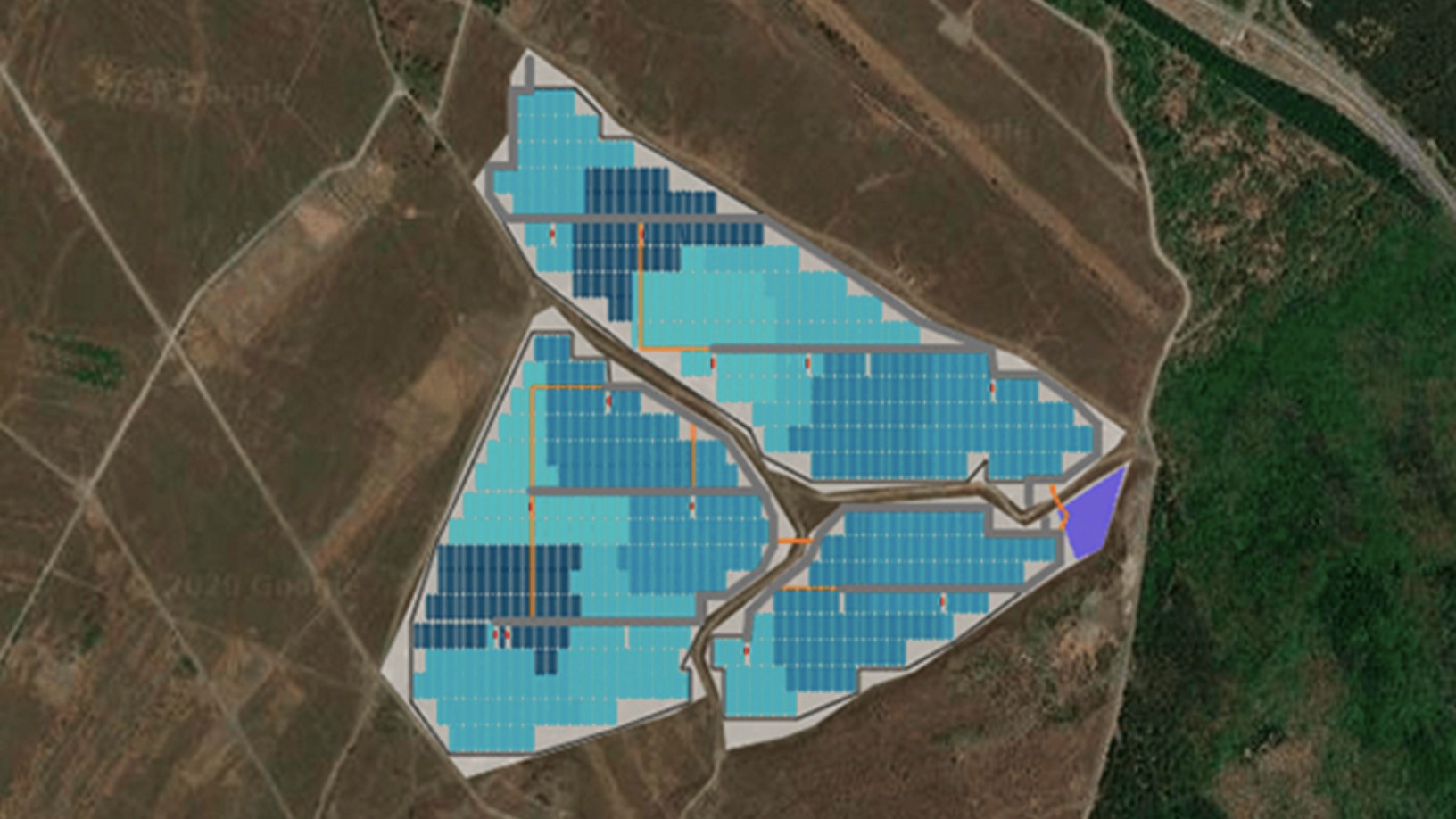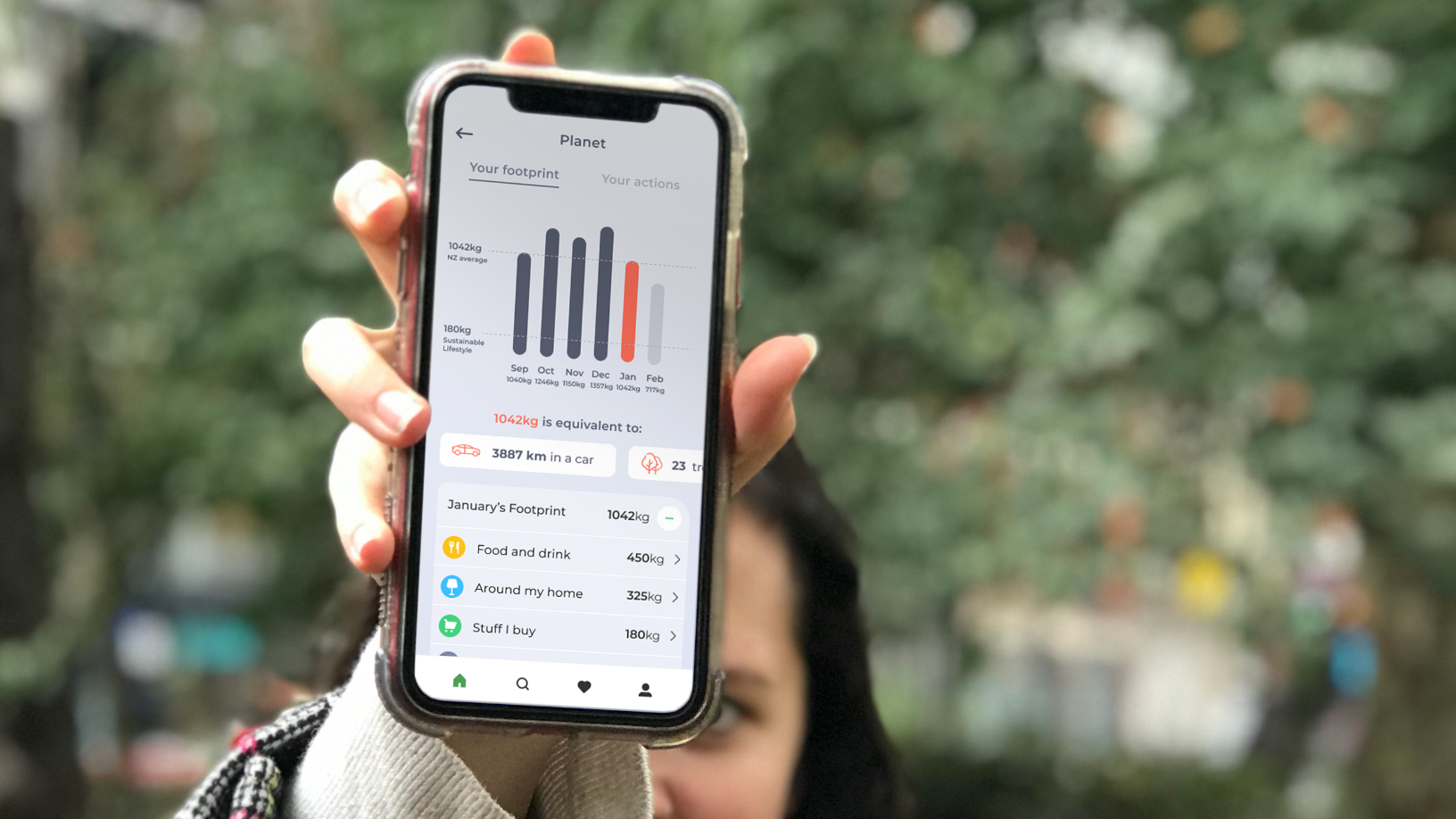Construction sites have been among the worst hit by the Covid-19 pandemic. Not only were sites abruptly shut and scores of workers had to stay home to curb the virus spread, post re-opening the sector – often used to old methods and slow to embrace technological changes – has had to cope with a new way of working: remote management.
To solve this, Shanghai-based AR/VR startup Onesight in no time deployed a range of building information modeling (BIM) apps to help China’s labor-intensive construction industry restart development projects while meeting Covid-19 “new normal” safety requirements.
Founded by two young architects in 2018, Onesight produces 3D and AR/VR visualization software that allows architects, engineers, property developers and construction companies to collaborate remotely and oversee construction work without going onsite. They can monitor all stages of the life cycle of a building, from the design and actual construction to quality control, completion, acceptance and maintenance.
In 2019, Onesight managed to secure big clients such as listed Hongkong Land and Shanghai Tunnel Eng Co. Hongkong Land used Onesight’s building acceptance assistance product, while the tunnel company used its smart city product. The startup’s building maintenance tools were used in a real estate project in Shanghai's financial district Lujiazui. Overseas expansion plans were also announced in 2019, before the coronavirus pandemic began spreading globally.
In an interview via online call, Onesight CTO and co-founder Jiang Tong tells CompassList how the company managed to overcome the challenges brought about by the Covid crisis while spotting new growth opportunities. For the construction industry, he notes, remote-work technology is a novelty, and many contractors are struggling to find suitable software and equipment to manage construction projects onsite.
This interview has been edited for length and clarity
What has Onesight been doing since we last wrote about your company in May?
The biggest change is we’ve launched a new quality control tool using existing security cameras on construction sites. Previously, our products were run on mobile devices. By uploading the BIM construction designs to the cloud and installing an app on mobile devices, our clients could see what the project should look like upon completion, and spot possible errors by aiming the mobile device’s camera at a section of the building.
Now, we provide a similar feature – but using the feeds from onsite security cameras – allowing users to get daily reports and alerts without visiting the sites. All they need to do is to install the software into their computers. Of course, Onesight staff will have to go to the site in advance to do adjustment work based on the angles of the existing cameras onsite.
We started to develop the product in 2019, and Covid-19 has accelerated the process as visits to construction sites would expose managers to a higher risk of infection. Onesight is also planning another similar product using robots and panoramic cameras to get video feeds from construction sites.
We also began to create our own BIM this year. In the past, the property owners would pay architecture design companies to create both BIM designs and 3D models to be used for their presentations. But such models were not always accurate, and we had to spend a lot of time communicating with the designers to readjust the models. So, some of our clients thought it might be a good idea for us to take over the job.
Besides the new revenue stream, there is another bonus. We’ve found that by creating 3D models for the clients, we also get a better chance to convince them to use our products during the construction and maintenance stages.
We’ve launched a new quality control tool using existing security cameras
Has Onesight experienced any challenges during Covid-19?
Our overseas business was impacted. For example, all our operations in Japan were suspended during the first half of the year. However, Sumitomo Group, the lead investor in our last funding round, has continued to help us in our business expansion. Some existing customers in the country are also inviting us to participate in their projects, e.g., building factories in China.
In China, the asset owners of commercial buildings, who used to be our main target customers, were having a hard time because of Covid-19 and wanted to reduce the budgets for our products.
How will you overcome such problems?
So this year, we are expanding to work on more types of buildings, not just commercial buildings.
Firstly, industrial factories, especially those built by overseas clients. These buildings mostly need to meet high standards, hence the asset owners are willing to pay for new technology to improve the quality.
Secondly, we’ve found some interesting opportunities in China’s “New Infrastructure” initiative. China unveiled the program in 2018, in a drive to speed up the development of AI, IoT and “industrial internet.” This has received extra attention this year, when Covid-19 caused disruptions to China’s economy.
The government is now trying to boost economic recovery by investing more in infrastructure development. We are particularly interested in working on Internet Data Center (IDC) rooms and energy stations highlighted in the initiative. They both feature a huge space and a highly complicated pipeline system. Most of these buildings are designed by architecture design institutions using BIM, just right up our alley because our products are based on BIM.
Thirdly, we will also participate in some government-funded projects like sports centers and theaters, which are likely to have a larger budget this year.
What’s your expectation of the China market?
I believe China’s construction market will continue to grow in the second half of 2020 as more government-funded projects get underway. In the long run, more Chinese clients will start to embrace BIM, giving us more room to grow our business further.
In the past decade, local asset owners and construction companies had deep pockets. They cared more about speed than quality, more about getting it done quickly at higher costs instead of saving money. However, we have seen a trend since 2018 that asset owners have started to care more about quality and cost-efficiency because of tighter budgets.
Asset owners are caring more about quality and cost-efficiency, because of tighter budgets
Onesight’s products can help to save lots of cash and time for asset owners. For example, we worked on a project in Chongqing, where we pointed out 1,000 errors just in time before any damage was caused. Without our products, they would have continued the construction for a while longer before realizing the mistake. Then, they would have to tear down a large amount of the building and rebuild that section again.
If we can save five days for asset owners on a mid-sized project, millions of RMB can be saved, not to mention the human resources wasted. That’s way more than the amount they would have to pay to buy our products.
How about your overseas markets?
It depends on how long the Covid-19 pandemic will last. I guess it will be up to two years.
This year, 90% of our revenue comes from the China market and 10% from overseas. We expect the ratio to be 70% to 30% when Covid-19-related repercussions are out of the picture.
We do value the global market. From our experience, foreign clients usually value the quality of buildings more. We can generally proceed more quickly with our overseas clients. We expect to continue to work with clients in East Asia, but will expand to other markets eventually.
How does Onesight reach new clients?
We are very confident that once a client has tried our products, the client will continue to use them. Up until now, we have a repeat purchase rate of 100%. But acquiring new clients is now a big challenge for us.
In the early days, we let prospective clients use our products for free. Now, some clients are reaching out to us first. But generally speaking, it takes a long time for a first-time client to make the purchase decision. Some worry about the security issue of uploading their construction plans to the cloud. In order to resolve the problem, we will choose the cloud server providers recognized by them and give them a trial period to test our encryption technology.
And as construction process normally last a long time, it normally takes a client about six months to one year to realize the benefits gained from our products.
What about the competition?
Among all the peers of our size across the world, we are the best in terms of technological advantage and applications in reality. We’ have landed over 30+ projects since last year.
Some tech giants offer similar products. They usually have bigger teams working on technology stuff than us. But I think building a product is not just about laboratory work, it’s more about applying the product well on construction sites, teaching clients how to use the product, getting user feedback regularly and continuing to improve the product.
Tech giants could never be as serious about it as we are. They have easier ways to make money.
What are your plans for near to medium term?
We will continue to focus on the top players in the industry. Right now, our flagship product is the above-mentioned quality control tool, and our maintenance product is our next key offering.
We will continue to offer free use of the Onesight AR Design Assistant app to build brand awareness. The app can be used for design presentations, but we may charge for some premium functions in the future.
Our ultimate product will eventually run on AR glasses, so that what you see is what you get. We have tried to combine our current products with Microsoft’s HoloLens. But this is still far off from large-scale commercialization because architecturemodels are too large to be processed on AR glasses.
Right now, we want to position BIM models in AR onsite as accurately as possible. The current error margin is 2–5 cm, and we are going to reduce it to 1–3 cm.














